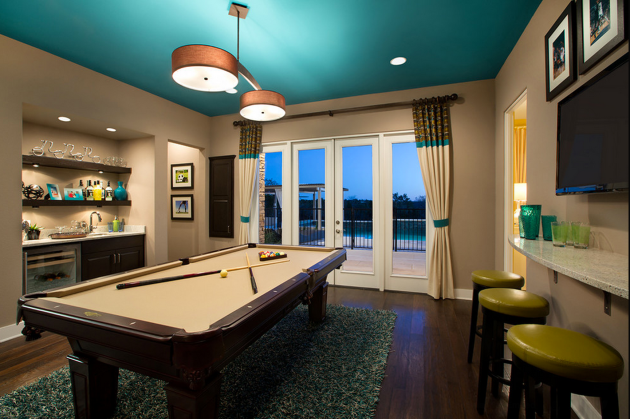Estimating the cost of painting is a complex task. There are many factors that need to be considered, including the size of the space, surface condition, type of paint required, etc.
Typically, a painting contractor can approximate the cost of your project based on similar projects he has done in the past. However, this method is not very consistent and may not be fair to you as a homeowner or the painting contractor. Fortunately, Homespree offers simple forms that enable you to get 3 instant bids from quality local contractors for your next painting project.
As you review these estimates, or evaluate the costs when you perform the work yourself, here are some considerations to keep in mind.
Scope
Assess the scope of the project carefully to determine exactly what’s involved. For example, if the surface involves painting from a ladder or scaffold system, the painting price will rise. If the painting surface could contain hazardous materials, the price will also be greater. Other situations that could also result in a higher painting price include:
- Large obstructions
- Wallpaper removal
- Surface imperfections
Preparation
Before applying any paint or primer to the surface, the surface will need to be prepared properly. The preparation required depends on the condition of the surfaces that need paint. Prep can also include clearing the space for work. An easy way to save some money when performing the work professionally is to remove the furniture in the room before your painter arrives. The overall price to paint must include all tasks performed to prepare for and clean up after painting.
Materials
If you choose not to hire a professional, the cost of materials not only includes the price of paint and primer, but also items necessary for application. These can include the following.
- Paint scraper or power washer
- Drop cloths
- Industrial vacuum cleaner
- Drywall compound
- Caulk
- Putty knife
- Sandpaper
- TSP
- Bucket
- Sponge
- Painter’s tape
- Paint tray
- Paint roller
- Paint brushes
- Ladder
- Scaffolding
Surfaces
Most people paint their rooms to give it a fresh new look. To do so, however, you’ll need to look beyond just painting the walls. Consider also the trim, ceiling, doors, and built-ins. Obviously the more surfaces that require paint, the higher the cost, but applying a consistent and fresh look to all surfaces can really make your space pop.
Whether you proceed with a do-it-yourself painting project or you decide to hire a professional, make sure you understand the associated costs to ensure your project stays within budget.

